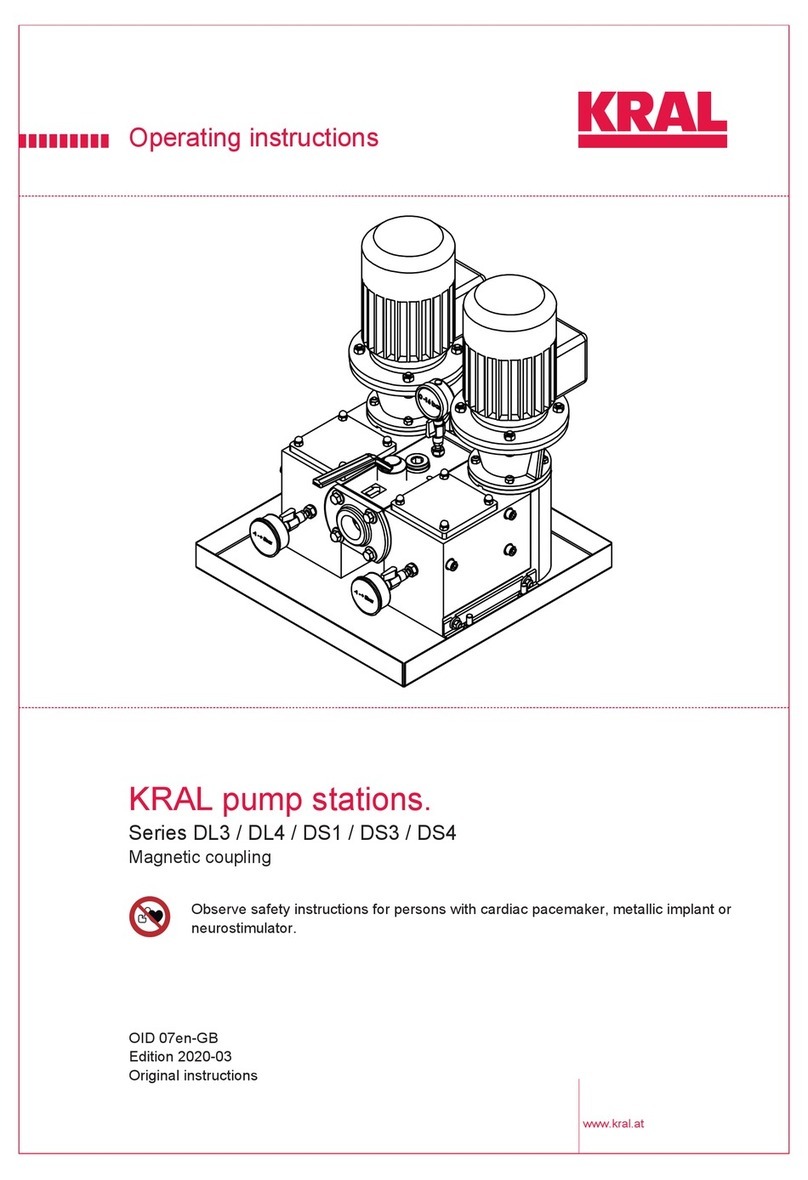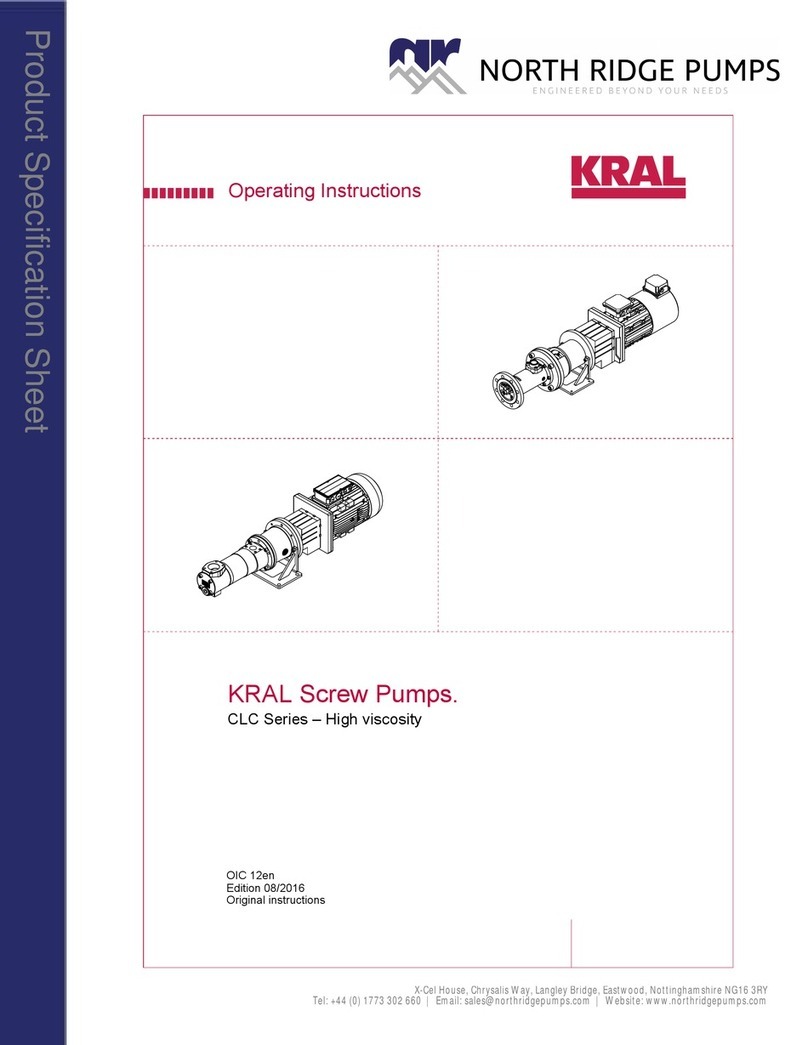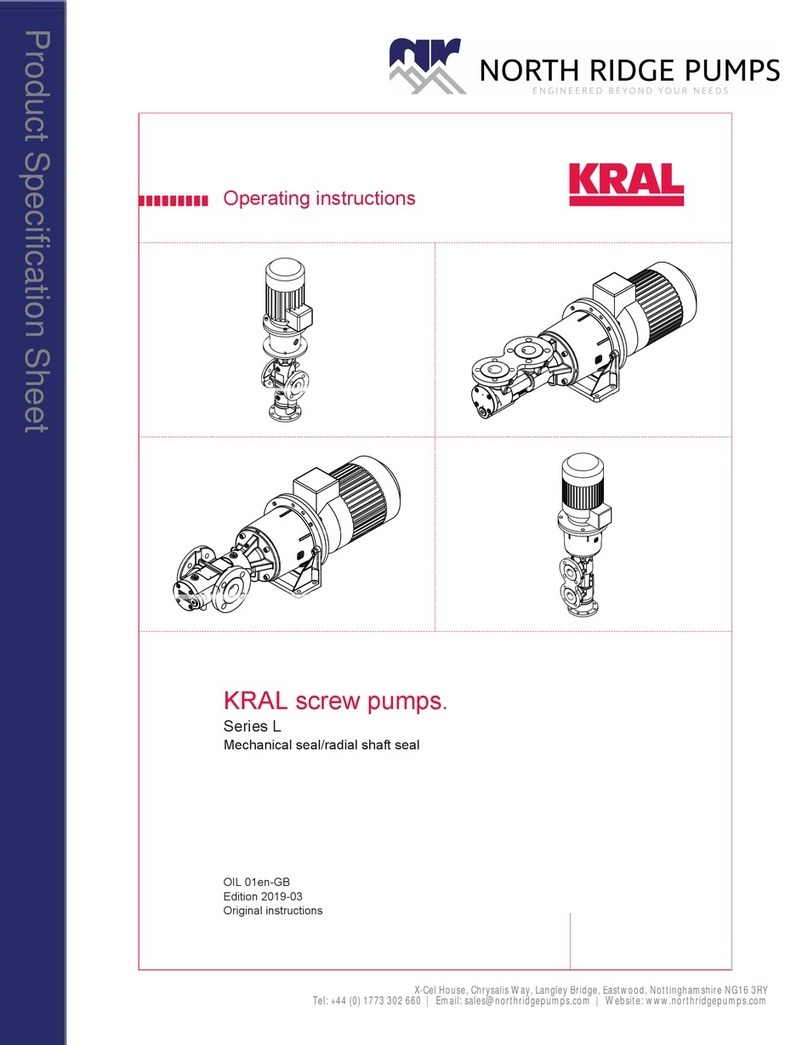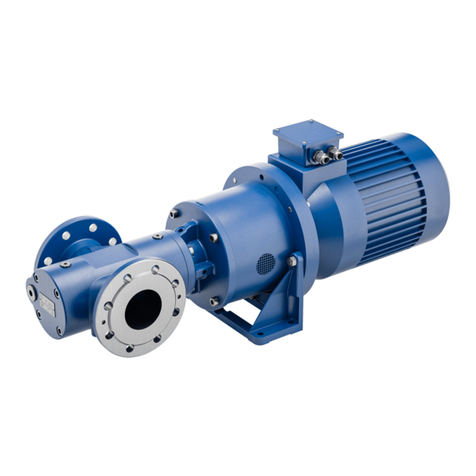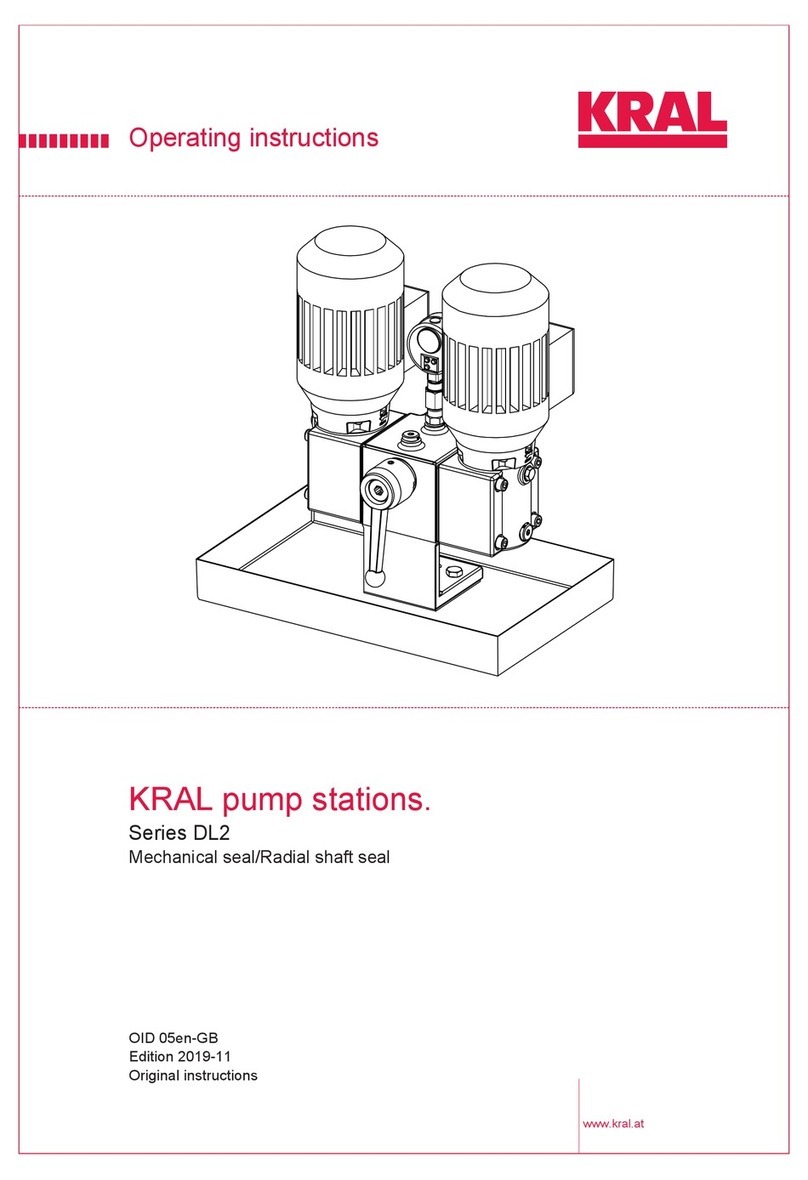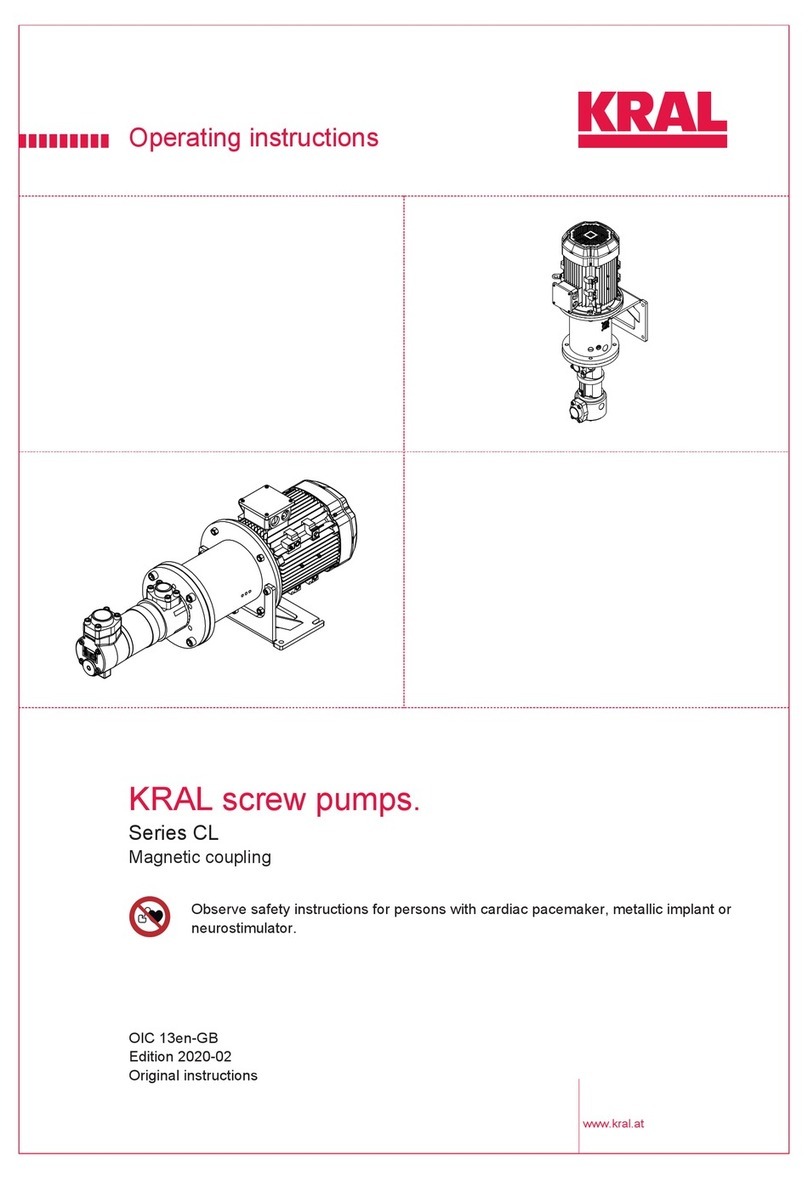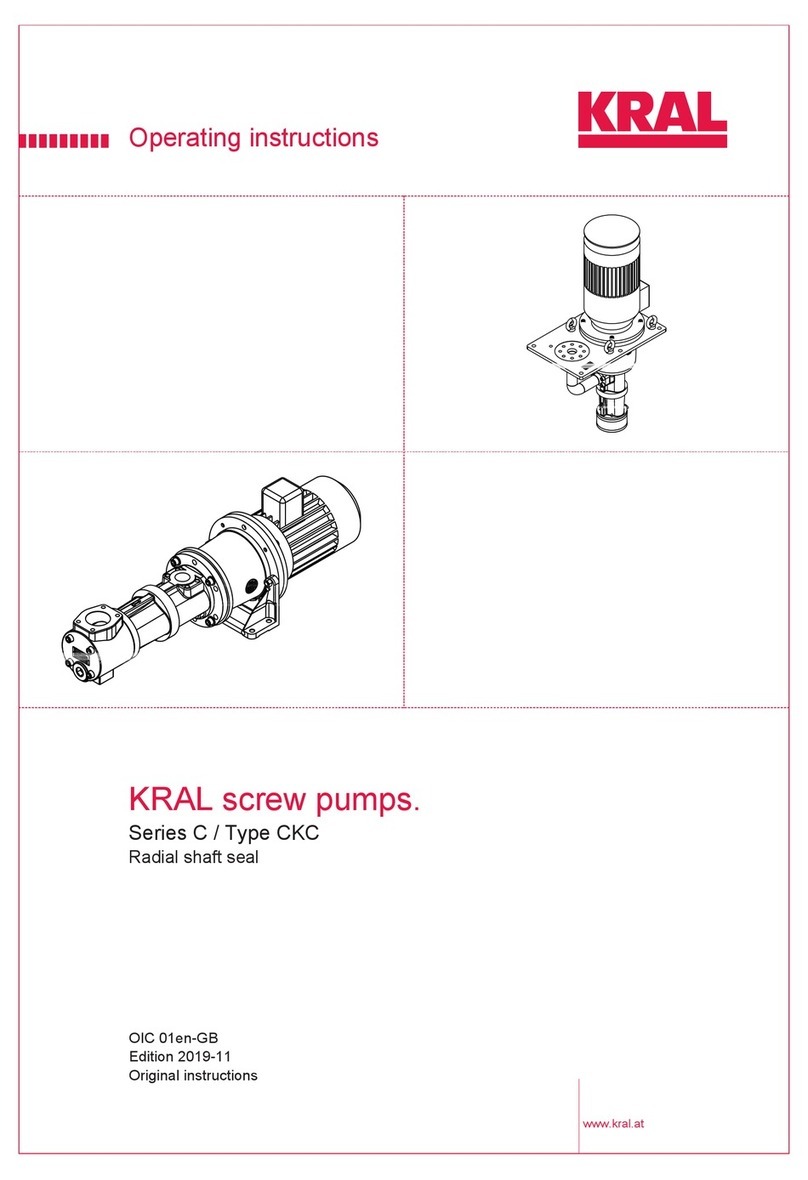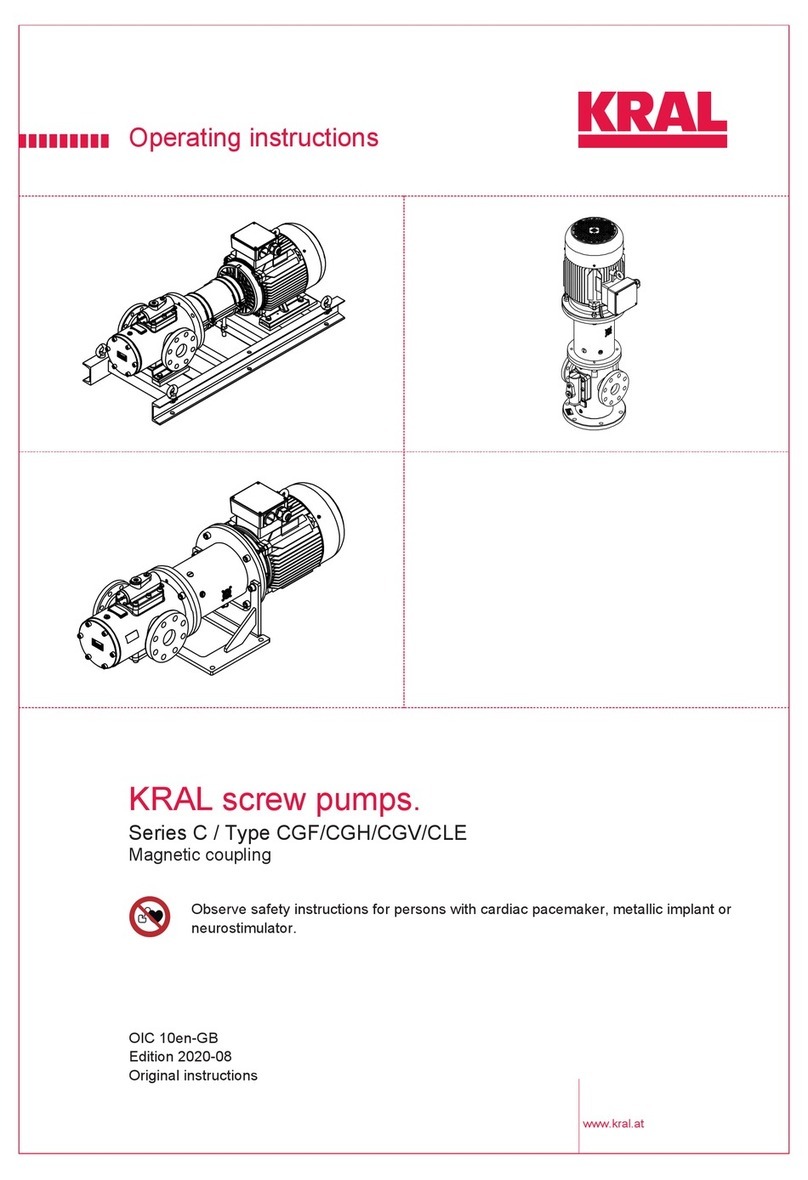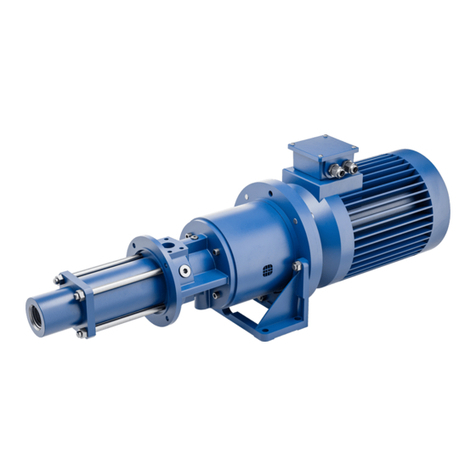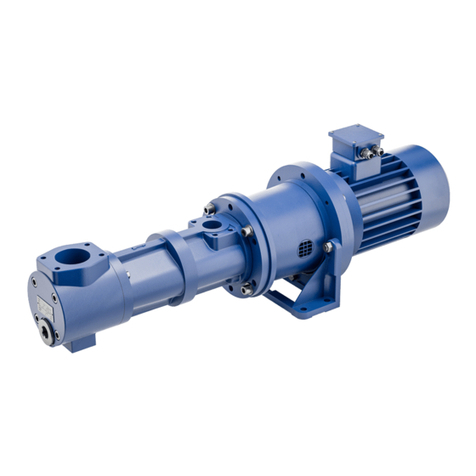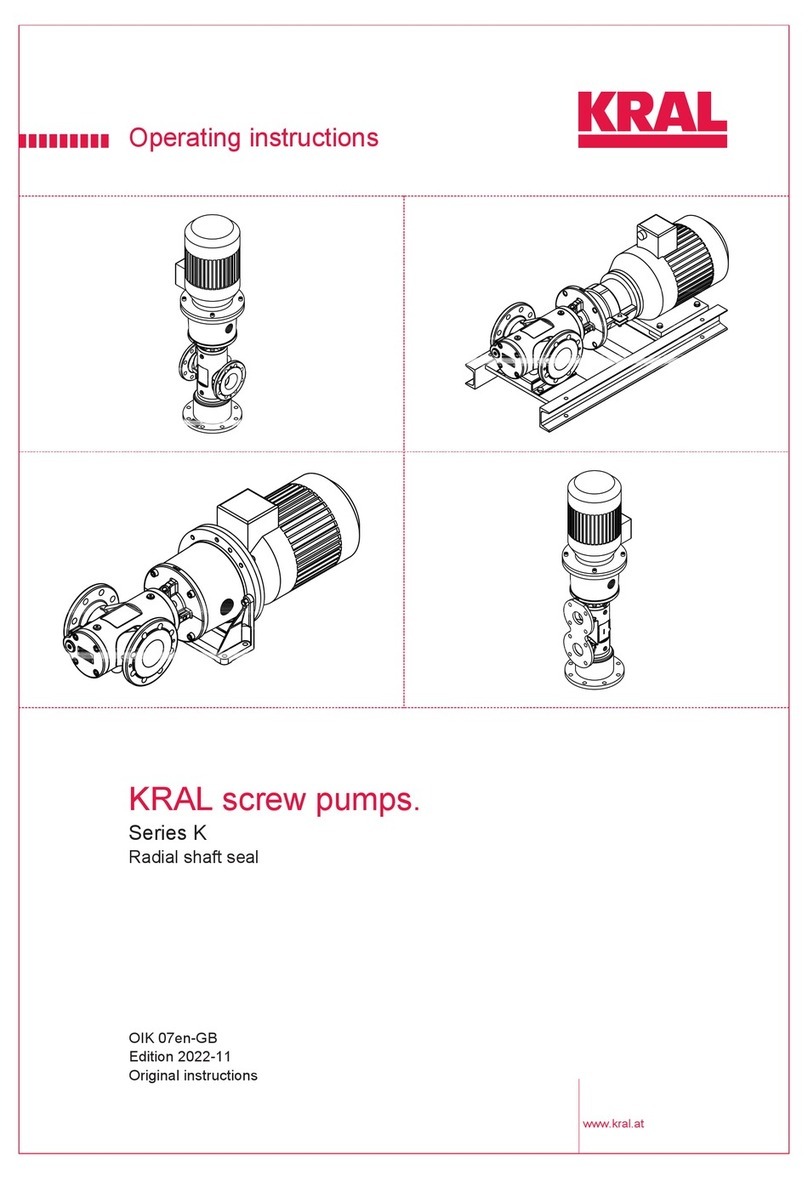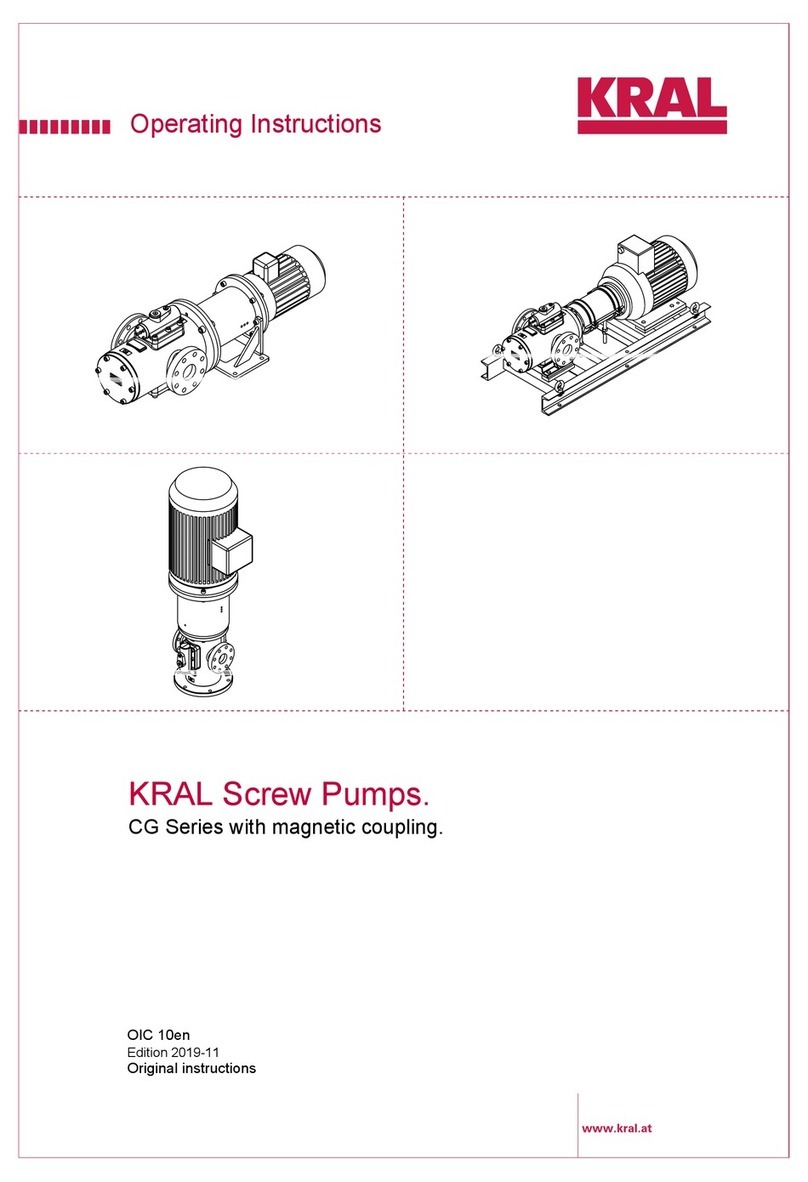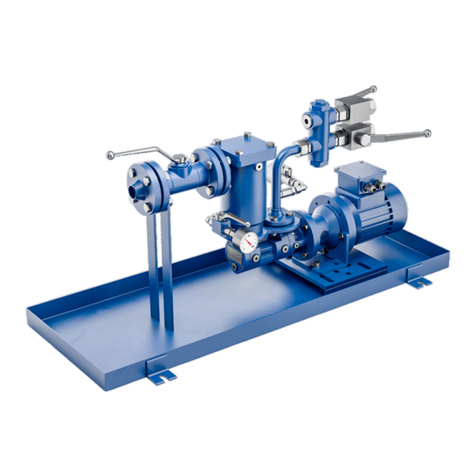
Table of contents
1 About this document ..................................................... 4
1.1 General information .......................................................4
1.2 Associated documents ..................................................4
1.3 Target groups ................................................................4
1.4 Symbols.........................................................................5
1.4.1 Danger levels ....................................................5
1.4.2 Danger signs.....................................................5
1.4.3 Symbols in this document .................................5
2 Safety .............................................................................. 6
2.1 Proper use .....................................................................6
2.2 Foreseeable misuse ......................................................6
2.3 Obligations of the operator-owner .................................6
2.4 Safety instructions .........................................................7
2.4.1 Fundamental safety instructions .......................7
2.4.2 Dangers at magnetic coupling systems ............7
2.4.3 Dangers during transportation ..........................7
2.4.4 Dangers during storage ....................................7
2.4.5 Dangers during installation ...............................8
2.4.6 Dangers during removal....................................8
2.4.7 Dangers during connection work ......................8
2.4.8 Dangers during operation .................................8
2.4.9 Dangers during servicing ..................................9
2.4.10 Dangers during maintenance............................9
2.4.11 Dangers during disposal ...................................9
3 Identification................................................................. 10
3.1 Type code....................................................................10
3.2 Rating plate .................................................................11
4 Technical data .............................................................. 11
4.1 Operating limits............................................................11
4.2 Sound pressure level...................................................12
4.3 Required NPSH values................................................12
4.4 Weights........................................................................13
4.5 Materials ......................................................................14
4.6 Accessories .................................................................15
5 Function description.................................................... 15
5.1 Pump structure ............................................................15
5.2 Pump unit structure .....................................................15
5.3 Functional principle......................................................16
5.4 Housing variants..........................................................16
5.5 Magnetic coupling........................................................16
5.6 Overflow valve .............................................................17
6 Transportation, storage............................................... 17
6.1 Dangers during transportation .....................................17
6.2 Dangers during storage ...............................................17
6.3 Unpacking and checking the state of delivery .............17
6.4 Transporting the pump/pump unit................................18
6.5 Storing the pump .........................................................19
7 Preservation ................................................................. 19
7.1 Preservation table........................................................19
7.2 Preserving the inner surfaces......................................19
7.3 Preserving the outer surfaces......................................20
7.4 Removing the preservation..........................................20
8 Installation, removal .................................................... 21
8.1 Dangers during installation ..........................................21
8.2 Dangers during removal...............................................21
8.3 Installing the pump.......................................................21
8.4 Removing the pump.....................................................22
9 Connection.....................................................................23
9.1 Dangers during connection work .................................23
9.2 Connecting the pump to the pipe system.....................24
9.3 Connecting the pump unit to the power supply............25
10 Operation........................................................................25
10.1 Dangers during operation ............................................25
10.2 Commissioning ............................................................26
10.2.1 Cleaning the pipe system ................................26
10.2.2 Filling and venting the pump............................26
10.2.3 Checking the direction of rotation ....................28
10.2.4 Commissioning the pump ................................29
10.3 During operation ..........................................................30
10.3.1 Checking the operating pressure.....................30
10.3.2 Monitoring filters and/or strainers ....................31
10.3.3 Adjusting the overflow valve ............................31
10.3.4 Switching off the pump unit .............................32
10.4 Decommissioning.........................................................32
10.4.1 Decommissioning the pump ............................32
10.5 Recommissioning.........................................................33
10.5.1 Recommissioning the pump ............................33
11 Maintenance...................................................................33
11.1 Dangers during maintenance.......................................33
11.2 Required maintenance.................................................34
11.3 Ball bearing ..................................................................34
11.4 Maintaining the pump...................................................34
11.5 Maintaining the magnetic coupling...............................34
12 Servicing ........................................................................35
12.1 Dangers during servicing .............................................35
12.2 Wear ............................................................................35
12.2.1 Magnetic coupling............................................35
12.3 Replacing the overflow valve .......................................36
12.3.1 Removing the overflow valve...........................36
12.3.2 Installing the overflow valve.............................36
12.4 Replacing the magnetic coupling .................................37
12.4.1 Removing the outer rotor.................................37
12.4.2 Removing the inner rotor .................................38
12.4.3 Installing the inner rotor ...................................39
12.4.4 Installing the outer rotor...................................40
12.5 Replacing the ball bearing and screw set ....................42
12.5.1 Removing the ball bearing and screw set........42
12.5.2 Installing the ball bearing and screw set..........43
13 Disposal..........................................................................44
13.1 Dismantling and disposing of the pump ......................44
14 Troubleshooting ............................................................45
14.1 Possible faults..............................................................45
14.2 Troubleshooting ...........................................................45
15 Accessories ...................................................................47
15.1 Heating.........................................................................47
15.1.1 Possible types of heating.................................47
15.1.2 Electrical heating system.................................47
15.1.3 Fluid heating system........................................49
15.1.4 Heating system special design ........................50
2OIL 02en-GB Edition 2019-03 Operating instructions
